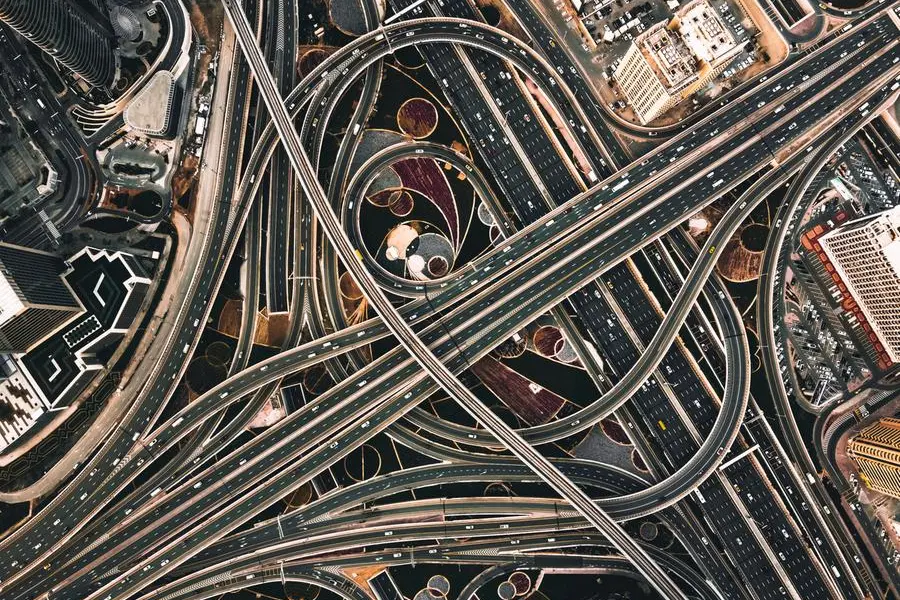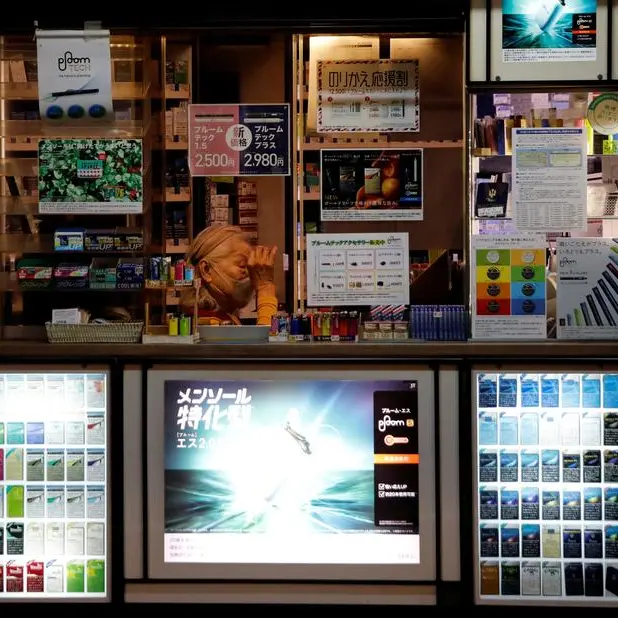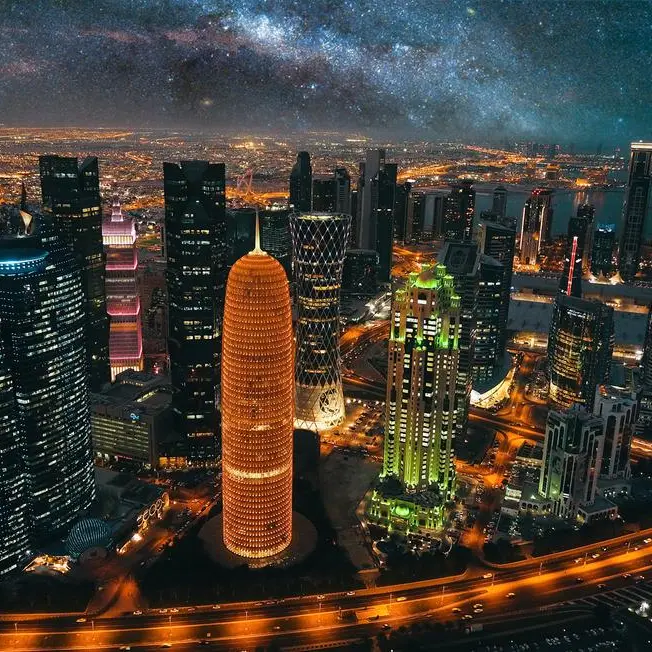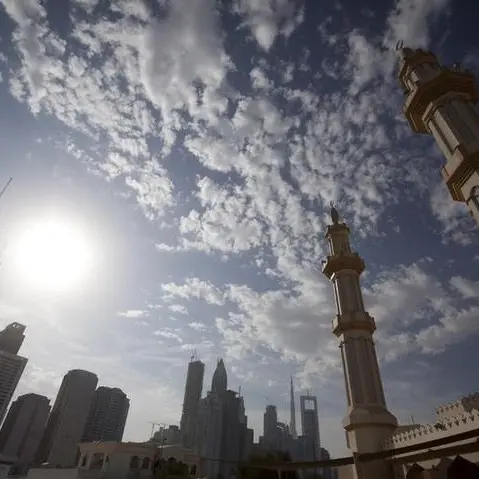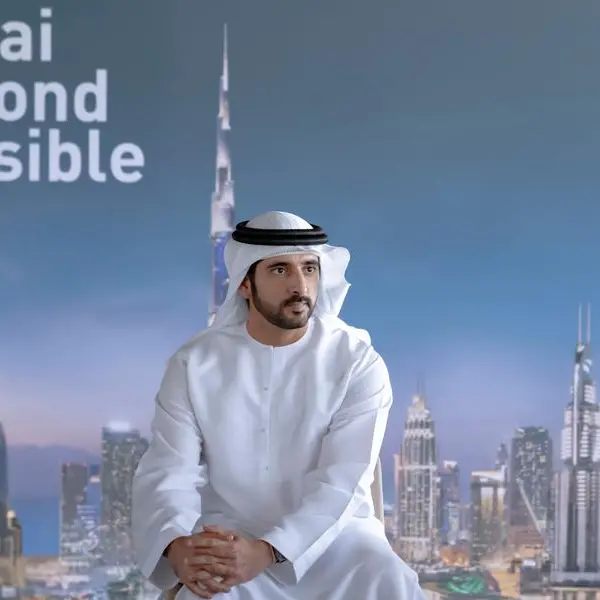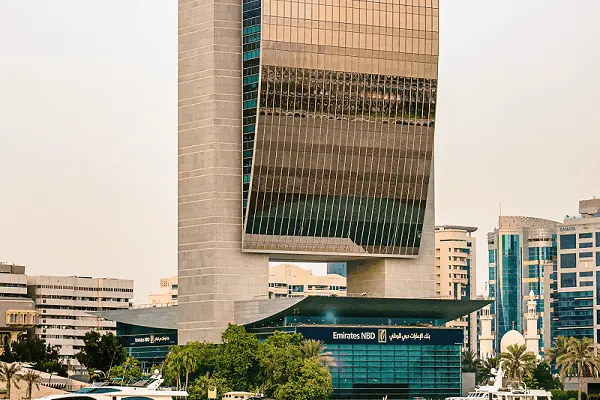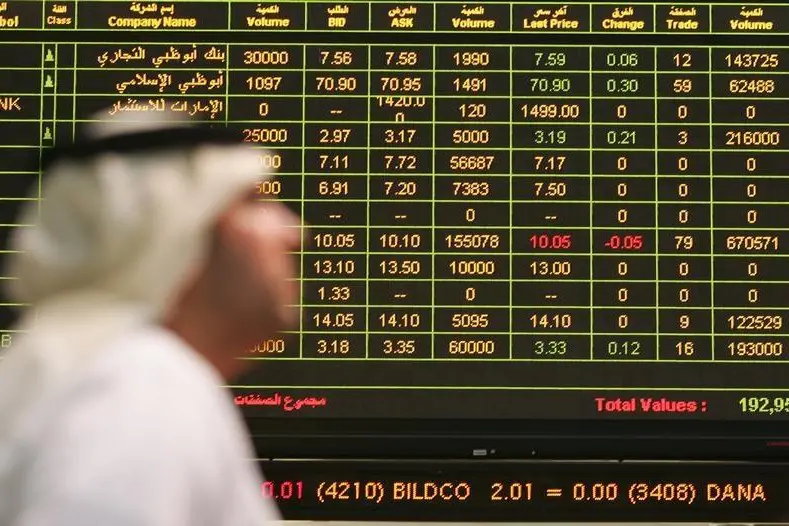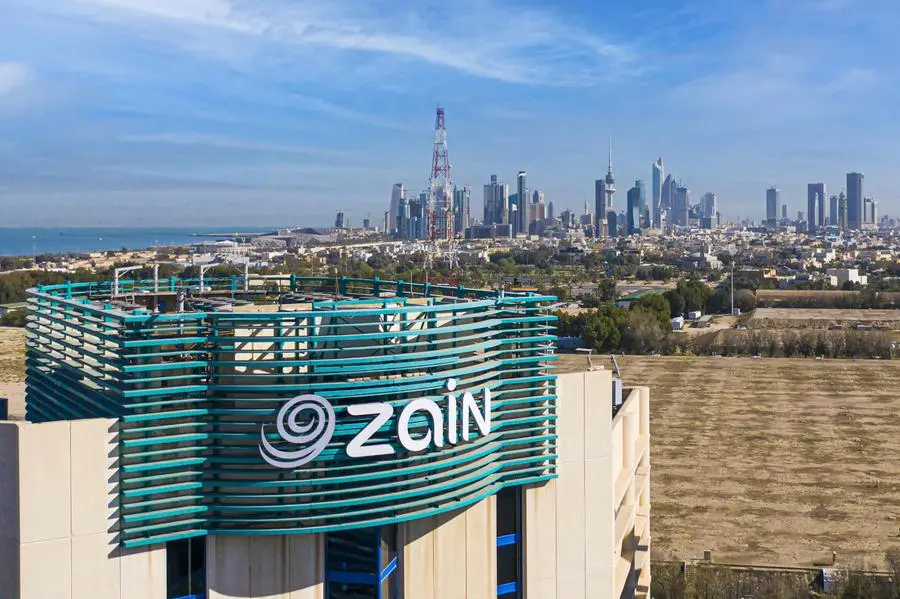PHOTO
Drone Point View of Sheikh Zayed Road Intersection at Daytime / Dubai, UAE. Getty Images Image used for illustrative purpose.
Looking for cheap thrills, adrenaline rush and social media attention are few of the immediate reasons why some young residents are into dangerous driving.
Early this week, on Monday, five young men — aged between 18 and 20 years old — were seriously injured in a horrific crash after performing dangerous stunts in Al Ruwayyah desert area. According to Dubai Police, the 19-year-old Emirati driver, identified only as M.A.M., was performing stunts in the sandy area when he made a sudden swerve that caused the vehicle to overturn.
In a separate incident the next day, a young couple died after their over speeding sports car fell from a bridge near Etihad Mall in Al Khawaneej. The car was totally wrecked and both man and woman inside perished.
Khaleej Times spoke to some young male Dubai residents who have engaged in stunt and reckless driving. One Emirati in his mid-20s, who asked not to be identified, said: “Honestly, I don’t have a particular reason for doing stunts. For me it’s just like any other hobby to test your control and feel the adrenaline rush.
“But of course, I’m not saying anyone should try stunt driving on the road or in the desert. You first need to have the skills and know your car really well,” he added, noting that he only do it in closed quarters or away from the crowd.
Craze of making ‘reels’
Another young driver noted the craze of making ‘reels’ on social media is driving him to be more daring. “It (stunt driving) always gets lots of views,” he said, adding: “People are amazed seeing tyres lose contact with the pavement or drivers standing up while doing donuts” (a dangerous manoeuvre that entails rotating the rear or front wheels in a continuous motion, creating circular skid marks).
Overspeeding, meanwhile, by definition is driving at a speed that is 40kmph or more above the posted speed limit – it means going 160kmph on Sheikh Zayed Road. Some motorists drive like they are on the circuit to “test their car’s abilities if they are designed for speed.”
One driver in his early 20s said he gets cheap thrills when speeding and it makes him feel like he is in one of his favourite movies featuring speeding cars. “Although I’m aware it’s just a movie and done on a closed course, with a strong warning for anyone not to make an attempt, I’m still thrilled to do it in real life,” he said, without admitting if he has really done it.
‘I just stopped’
With numerous reports of deaths from car crashes every year, A.M.A, an young Emirati father in his early 30s said: “I felt I just had to stop and I simply grew out of it. I don’t want to put myself in danger anymore.”
Luckily for A.M.A, he quit before having any injuries. He had a few near misses while over speeding and doing stunt driving.
“I’m not a kid anymore. And even if I’m only risking my own life, I got to think about my family, I have kids now! I can’t keep doing it,” he underscored.
Young and dangerous
Thomas Edelmann, founder and managing director of RoadSafetyUAE, noted: “The problem of stunt driving and overspeeding is not exclusive to the UAE. According to UN studies, the young driver segment is greatly overrepresented in crash and traffic fatality statistics. They pose a greater risk to themselves, their passengers and other road users. Death rates for 18-24 years old drivers typically remain more than double those of older drivers.”
“The main causes for accidents within this age group are speeding, using phones behind the wheel and not keeping a safe distance between vehicles. Young drivers score worst in many dimensions of reckless driving when compared with older drivers, as our studies testify. It seems only with experience and when growing older, UAE’s motorists adjust their behaviour and drive safer,” he underlined.
What must be done?
Edelamann recommended stakeholders interacting with young motorists should be cognisant of their vulnerability. He explained: “In this context we refer to driving institutes, the parents and families, schools and universities, their friends and peers.
“In driving schools for example and beyond teaching the technical aspects of good driving, we need to add 'life skills' curriculum content to teach new drivers about the proper road culture and addressing the root causes of young driver related dangerous driving,” he added.
Edelmann continued: “Like in other countries, there can be 'staged driving licences' for cars and motorcycles, meaning: initially only lower horse power cars/motorcycles are allowed and upon no-fines and safe driving within a couple of years, stronger performing vehicles can be used by novice drivers/riders.”
“Schools and universities need to address young drivers and raise the awareness for proper conduct on the roads. Parents and families need to provide a lot of hand-holding especially at the very beginning of the young drivers driving careers, as they have the credibility and closeness to share their experiences first hand. Friends and peers of young drivers need to step up to their responsibility and they must not encourage dangerous or risky driving and rather proof they are true and caring friends and encourage safe driving,” he emphasised.
‘Harsh fines’ to help save lives
Meanwhile, Dubai Police enforced early this year more stringent fines for erring drivers. Reckless driving and jumping a red light are now among the serious traffic offences that will require motorists to shell out Dh50,000 to get their impounded vehicles released. A stiffer penalty of Dh100,000 will have to be paid for confiscated vehicles that participated in illegal road race.
Major General Abdullah Ali Al Ghaithi, assistant commander-in-chief for operations at Dubai Police, earlier said: “Several amendments were made to the traffic law in Dubai aimed at promoting road safety and protecting lives and properties.The legal amendments support the push towards preserving lives. The amendments target reckless drivers.”
Copyright © 2022 Khaleej Times. All Rights Reserved. Provided by SyndiGate Media Inc. (Syndigate.info).
